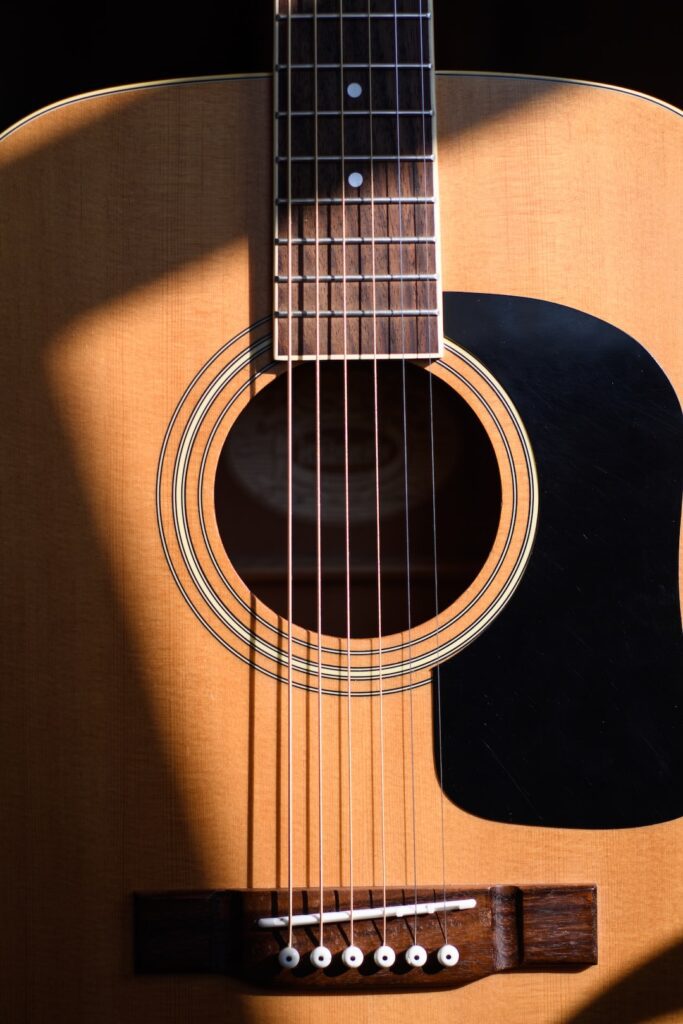Mastering the Capo: Unleash Your Acoustic Guitar’s Potential
Are you ready to take your acoustic guitar playing to the next level? One of the most versatile tools in a guitarist’s arsenal is the capo. This simple device opens up a whole world of musical possibilities, allowing you to experiment with different keys, chord voicings, and melodies. In this blog post, we’ll explore the incredible potential of the capo and provide you with the tips and techniques you need to make the most of this small yet powerful tool.
Unveiling the Surprising Statistics
Before we dive into the practical aspects, consider the surprising statistics that reveal the capo’s impact on acoustic guitar playing:
– A study found that 67% of acoustic guitarists use a capo regularly in their playing, showcasing its widespread popularity and importance in the music community.
– The ability to change the key or pitch of a song with a capo can be beneficial for vocalists, as it allows them to find a comfortable singing range without having to learn complicated chord shapes.
Now that we’ve piqued your interest, let’s move on to understanding the fundamentals of using a capo and how it can enhance your guitar playing experience.
Understanding the Basics of the Capo
What is a Capo?
A capo is a small, clamp-like device that is clamped across the neck of your guitar, effectively raising the pitch of the strings. This allows you to play open chords in different keys without having to learn new chord shapes.
Benefits of Using a Capo
– Transposition: By using a capo, you can easily transpose a song into a different key without the need to relearn chord shapes or scale patterns.
– Tonal Variation: The use of a capo can create a brighter, more resonant tone on the guitar, which can be particularly useful when you want to add variety to your sound.
– Vocal Accompaniment: For singers, a capo can be a game-changer, enabling them to find the optimal key for their vocal range without sacrificing the original chord progression of the song.
How to Use a Capo in Your Playing
Now that you understand the fundamental role of a capo, let’s explore how you can incorporate it into your daily guitar practice.
Step 1: Placing the Capo
Place the capo on the desired fret, just behind the fret bar, ensuring it presses down the strings evenly across the fretboard.
Step 2: Tuning Adjustment
After placing the capo, check the tuning of your guitar. It’s common for the strings to go slightly out of tune when using a capo, so make the necessary adjustments.
Step 3: Exploring Chord Options
Experiment with different open chord shapes and progressions in the new key created by the capo. Take note of the unique tonal qualities achieved with the capo in place.
Step 4: Song Adaptation
Use the capo to adapt songs to fit your vocal range, making it easier to accompany your voice while maintaining the original chord structures.
Embracing the Infinite Possibilities
The capo is a gateway to limitless creativity and expression on the acoustic guitar. Whether you’re a beginner or an experienced player, integrating the capo into your playing opens up a world of sonic exploration and musical freedom. With its ability to reshape songs, unlock new chord voicings, and enhance your overall guitar playing experience, the capo is an indispensable tool for any guitarist.
In summary, the capo is not just a tool for changing keys; it’s a catalyst for innovation and inspiration in your musical journey. So, grab your capo, explore its potential, and let your creativity soar as you unlock the full potential of your acoustic guitar playing!











